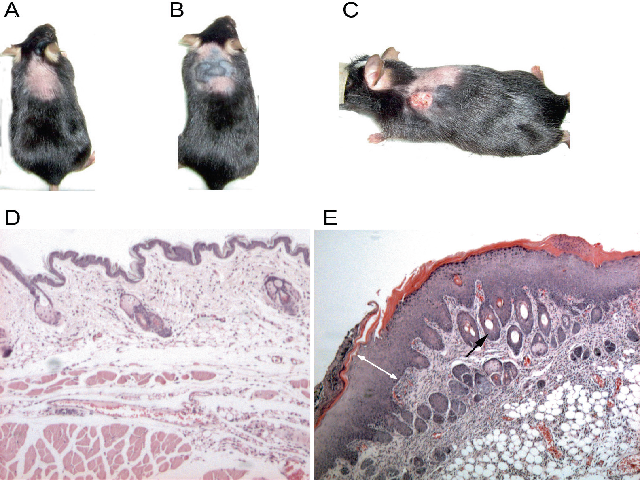Assessment of Tumor Prevention in Type 1 Neurofibromatosis using a Nitroxide Compound
DOI:
https://doi.org/10.5530/ax.2011.3.3Keywords:
Neurofibromatosis type 1, Tumorigenesis, Papillomas, Antioxidant, NitroxideAbstract
Background: Type 1 Neurofibromatosis (NF1) is a genetic disorder linked to mutations of the NF1 gene. Clinical symptoms are varied, but hallmark features of the disease include skin pigmentation anomalies (café au lait macules, skinfold freckling) and dermal neurofibromas. Method: These dermal manifestations of NF1 have previously been reported in a mouse model where Nf1+/- mice are topically treated with dimethylbenz[a]anthracene (DMBA) and 12-O-tetradecanoylphorbol- 13-acetate (TPA). We adopted this mouse model to test the protective effects of a nitroxide antioxidant, 5-carboxy-1,1,3,3- tetramethylisoindolin-2-yloxyl (CTMIO). Antioxidants have previously been shown to increase longevity in nf1-deficient fruitflies. Doses of 4μM and 40μM CTMIO provided ad libitum in drinking water were given to Nf1-deficient mice. Results: Consistent with previous reports, Nf1-deficient mice showed a 4.7-fold increase in papilloma formation (P < 0.036). However, neither dose of CTMIO had any significant affect on papilloma formation. A non-significant decrease in skin pigmentation abnormalities was seen with 4μM but not 40μM CTMIO. Subsequent analysis of genomic DNA isolated from papillomas indicated that DMBA/TPA induced tumors did not exhibit a local loss of heterozygosity (LOH) at the Nf1 locus. Conclusion: These data reveal that oral antioxidant therapy with CTMIO does not reduce tumor formation in a multistage cancer model, but also that this model does not feature LOH for Nf1.
Downloads
Metrics





